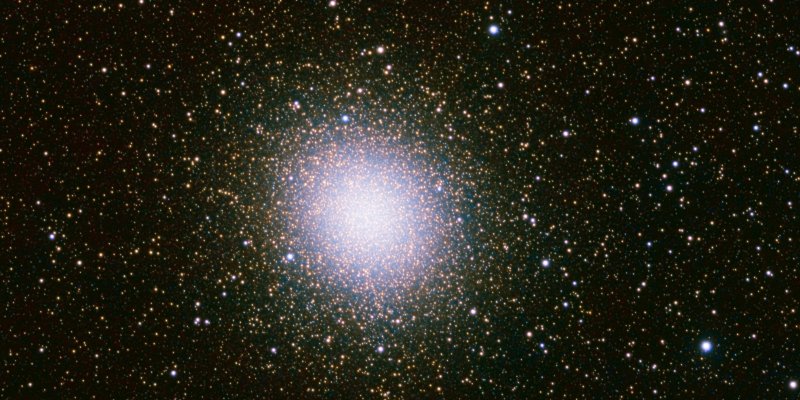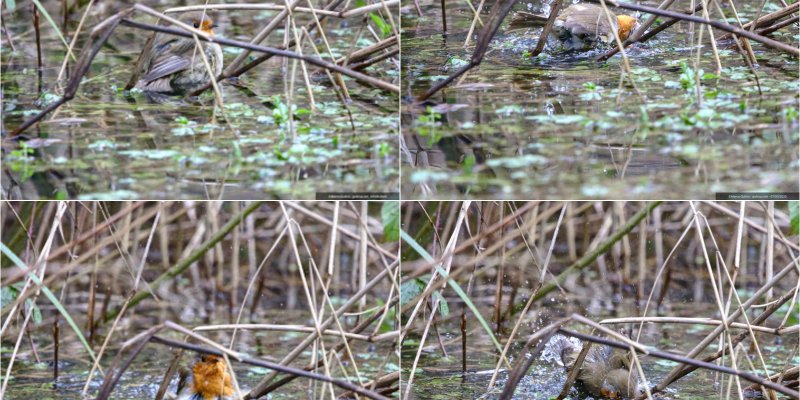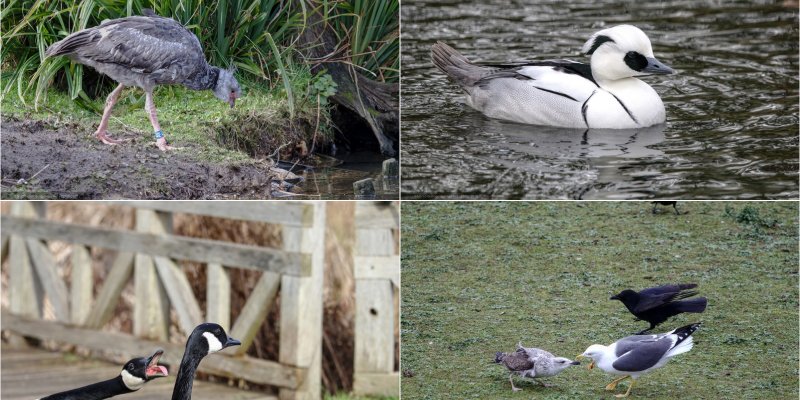Jupiter, a few weeks after its 2020 opposition.
Jupiter
Seeing was terrible, but I'm still relatively satisfied with the results, given how difficult these planets are this year from this latitude.
Visible Jupiter moons: Ganymede (left) and Io (right).
Saturn a few weeks after its opposition, August 2020.
Saturn
Seeing was terrible, but I'm still relatively satisfied with the results, given how difficult these planets are this year from this latitude.
Given the unusual stride of sunny days and clear nights, and the lockdown in force, forcing me to stay indoors instead of searching for dark places, but also offering more time for imaging at the same time, I decided to take a few steps in doing more "garden astrophotography".
This is my first experiment with some new equipment: an Optolong L-Enhance narrowband filter, and a iOptron CEM40. The first allows me to image many targets even from heavily light polluted skies (here in London, Bortle 8 or 9), the latter allows for longer exposures, a necessity using narrowband.
North America and Pelican
After a long break in image processing, I'm taking advantage of this quarantine to dust off my images from my trip to Namibia.
I almost forgot I still had this one, already half processed, so it didn't take me too long to finish and publish it.
One of the most beautiful objects of the southern hemisphere: Omega Centauri
Omega Centauri
Just a quick snap done with a small 60mm telescope and my Canon EOS 80D during April's 2020 conjunction between the bright planet and the Pleiades.
Venus and the Seven Sisters
This is a relatively rare encounter, occuring only every 8 years, always in April.
The nebulosity around the Pleiades is completely outshined by Venus, the brightest object in the sky except for the Sun and the Moon.
I had a Saturday stroll in Gunnesbury Triangle. It's a tiny natural reserve, very close to my place.
I didn't get lots of sightings this time (probably need to go much earlier in the morning, or later on in the evening, when birds are more active), but I caught this little fluffy robin singing and taking a bath in a pond.

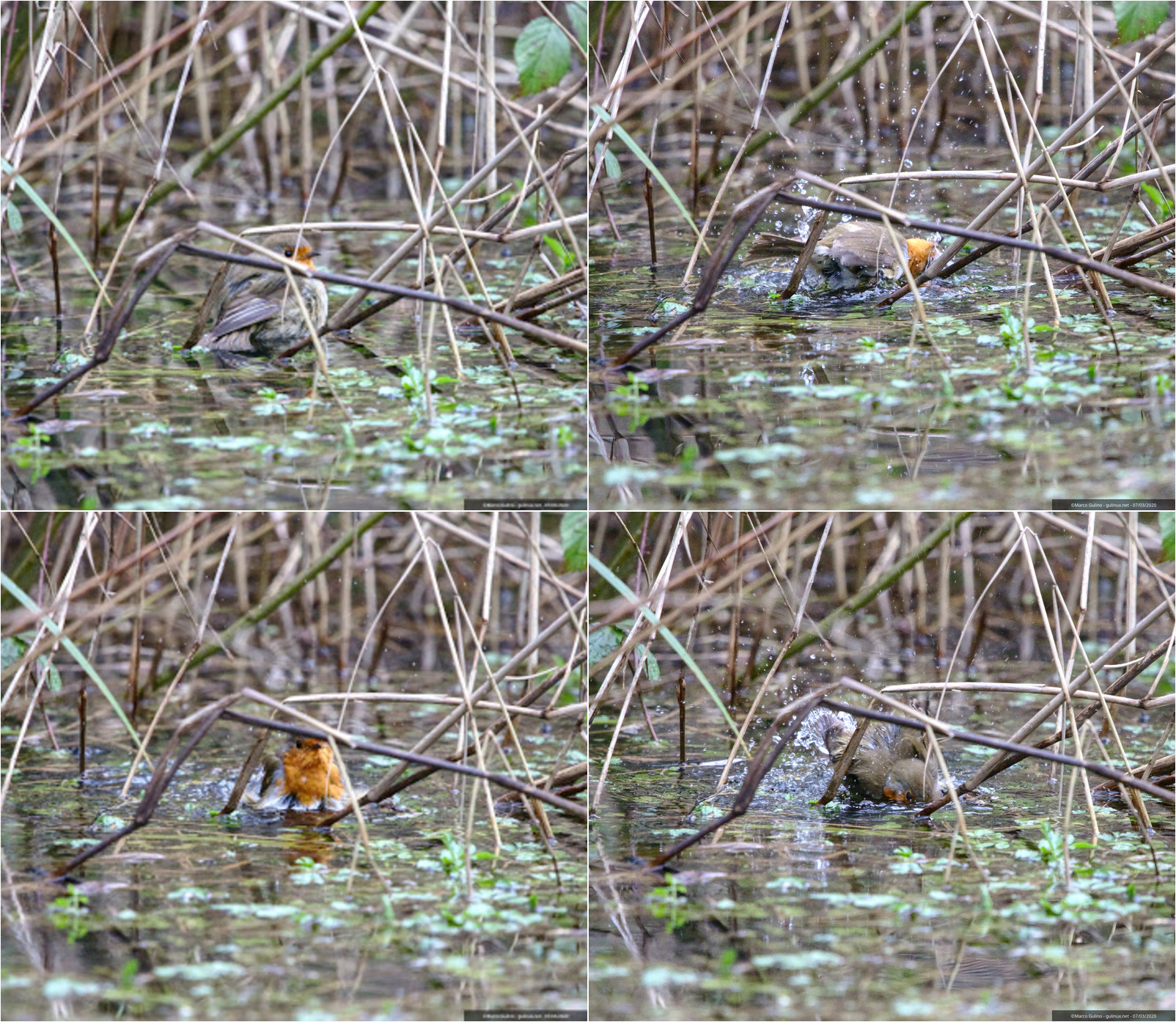
A few weeks ago I spent a few hours at the London Wetland Center.
It's a wonderful place just in the middle of London, where you can relax and enjoy the company of lots of wildlife creatures.
I got to see the cormorants assembling for migration, lots of ducks and gooses, and I even spotted a gull feeding his chick.
Here's my photogallery:

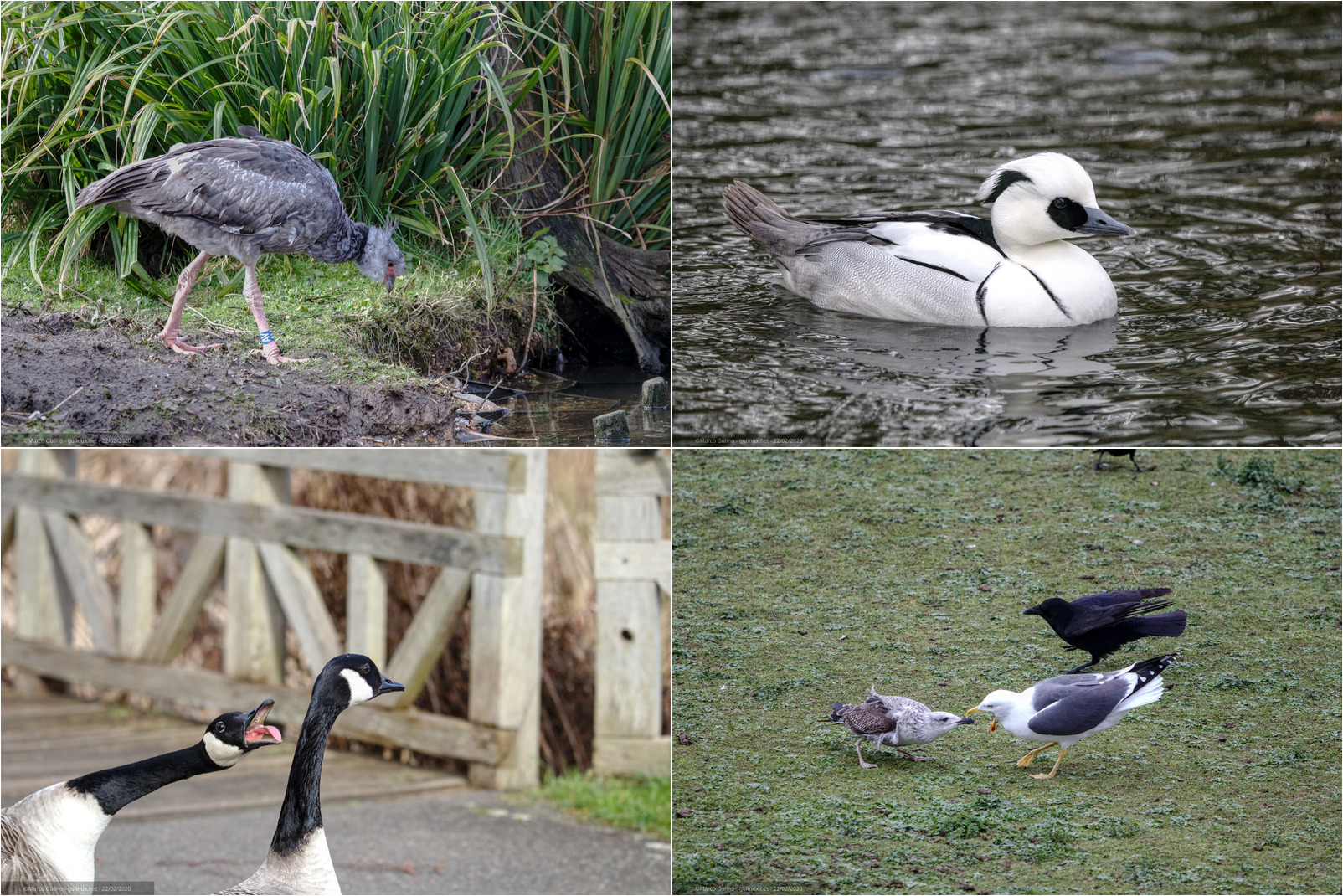
This is the third processed image from my trip to Namibia, probably the best one of the entire set, since it has the most data: almost three half nights of "gross time", but barely 4 hours after discarding bad frames.
Lagoon and Trifida nebulae
To the right, you can see the big and gorgeous Lagoon nebula. On the left side, the much smaller, but still nice and interesting (and more coloured) Trifid Nebula.
They're both also known respectively as M 8 and M 20, from the Messier catalogue.
Technical data:
Camera: ASI183MM
Mount: Star Adventurer (no autoguiding).
Telescope: TS Apo 60mm F/5.5 with 0.79x focal reducer (focal length: 265mm).
Filters: Astronomik LRGB Typ IIc
Shooting software: AstroPhoto Plus
Processing: Pixinsight
More details and...
Another update from my trip to Namibia. Here's a second processed image, the Tarantula Nebula, this time inside the Large Magellanic Cloud.
Tarantula Nebula
This is a star forming region, very similar to the famous Orion Nebula that we can see from our latitudes, only this is way bigger. If the Tarantula Nebula was as close to us as the Orion Nebula it would even cast a visible shadow.
Technical data:
Camera: ASI183MM
Mount: Star Adventurer (no autoguiding).
Telescope: TS Apo 60mm F/5.5 with 0.79x focal reducer (focal length: 265mm).
Filters: Astronomik LRGB Typ IIc
Shooting software: AstroPhoto Plus
Processing: Pixinsight
More details and full resolution image on the Astrobin page
After long planning I finally went to Namibia, under one of the darkest sky on the planet, with the main intent of a fully astronomical holiday. The trip was exausting, and I've barely started processing images. Here's a first image:
Small Magellanic Cloud
It's a zoomed detail of the Small Magellanic cloud, one of the two dwarf companion galaxies of our Milky Way.
Technical data:
Camera: ASI183MM
Mount: Star Adventurer (no autoguiding).
Telescope: TS Apo 60mm F/5.5 with 0.79x focal reducer (focal length: 265mm).
Filters: Astronomik LRGB Typ IIc
Shooting software: AstroPhoto Plus
Processing: Pixinsight
More details and full resolution image on the Astrobin page
